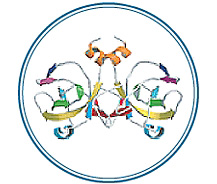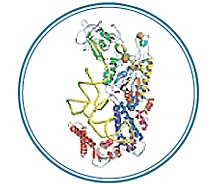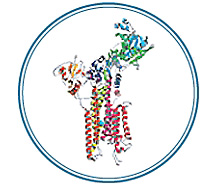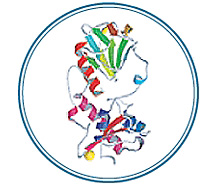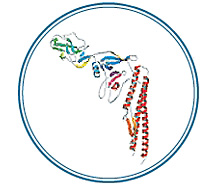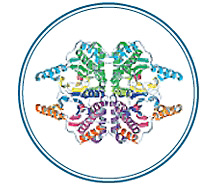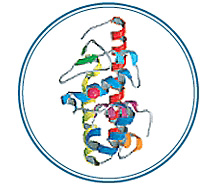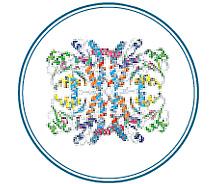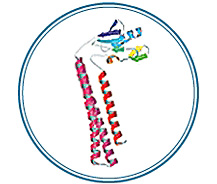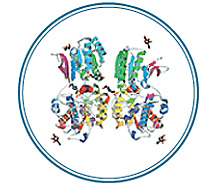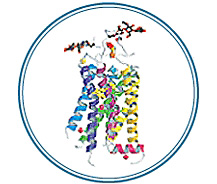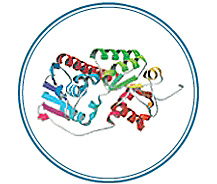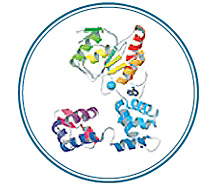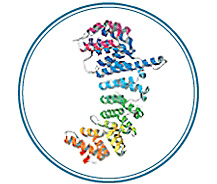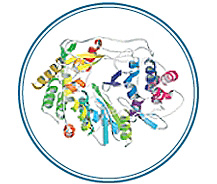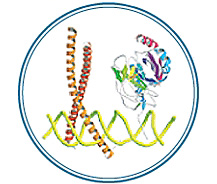
Structural biology is a scientific discipline concerned with revealing the molecular functions of biomacromolecules such as proteins, which form the foundation of biological phenomena, through analysis of their structures. Proteins are the main elements which support biological functions. They are composed of units called amino acids, which come in 20 types, and take their shape from chains of amino acids known as peptides. The type and order of amino acids in any particular protein is governed by the genetic information in the genome.
![]()
In other words, proteins can be understood as nanomachines created based on the blueprint contained in genes. However, merely uncoding the blueprint, of genome, will not give us insight into the functioning of proteins. To do so, we must see proteins not as one-dimensional chains of amino acids but as three-dimensional structures. For this reason, structural biology has become a major field in the 21st century, as it can give insights into those structural features.
![]()
At SPring-8, we are moving forward with research on structural biology using four structural biology beamlines (BL26B1, BL26B2, BL44B2, and BL45XU), centered on protein x-ray crystallography. Focusing on biological reactions such as information transmission, muscle contraction and relaxation, and enzyme reactions, we are carrying out research to investigate functions as the molecular level,mainly through the structure of the related proteins. In addition, we have launched work in the field of structural genomics, where we are working to determine the 3D structure of a significant number of proteins using the vast amount of genomic information that is available to science today.
![]()
In addition to contributing to academic understanding, structural biology and structural genomics can help resolve the problems of an aging society through genomic drug discovery (development of new drugs based on genome-related databases) and “tailor-made” medical care (drug prescriptions and medical treatments tailored to an individual's genetic background), and to help create solutions for environmental problems.
Newly Elucidated Protein Structures through Analysis Using RIKEN Beamlines
